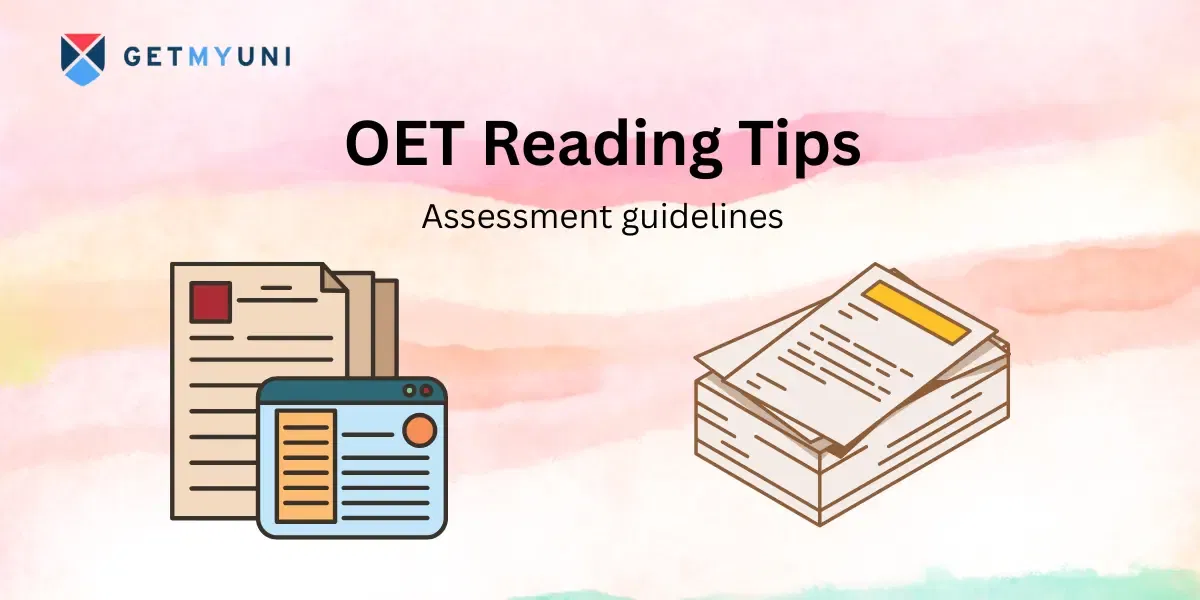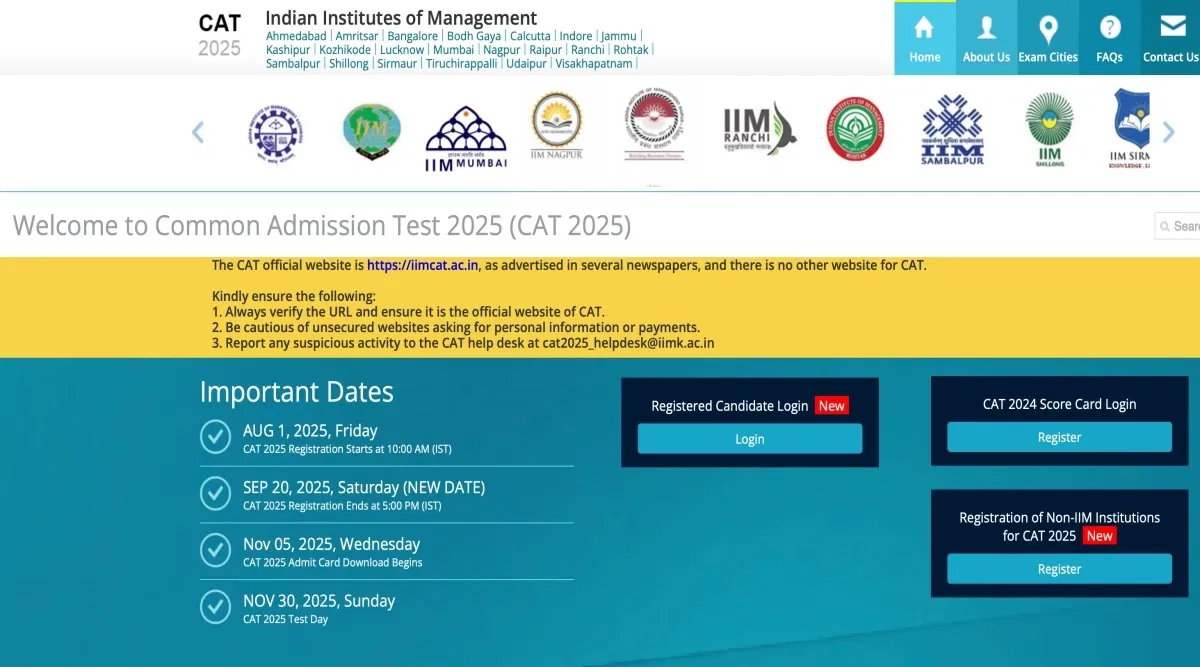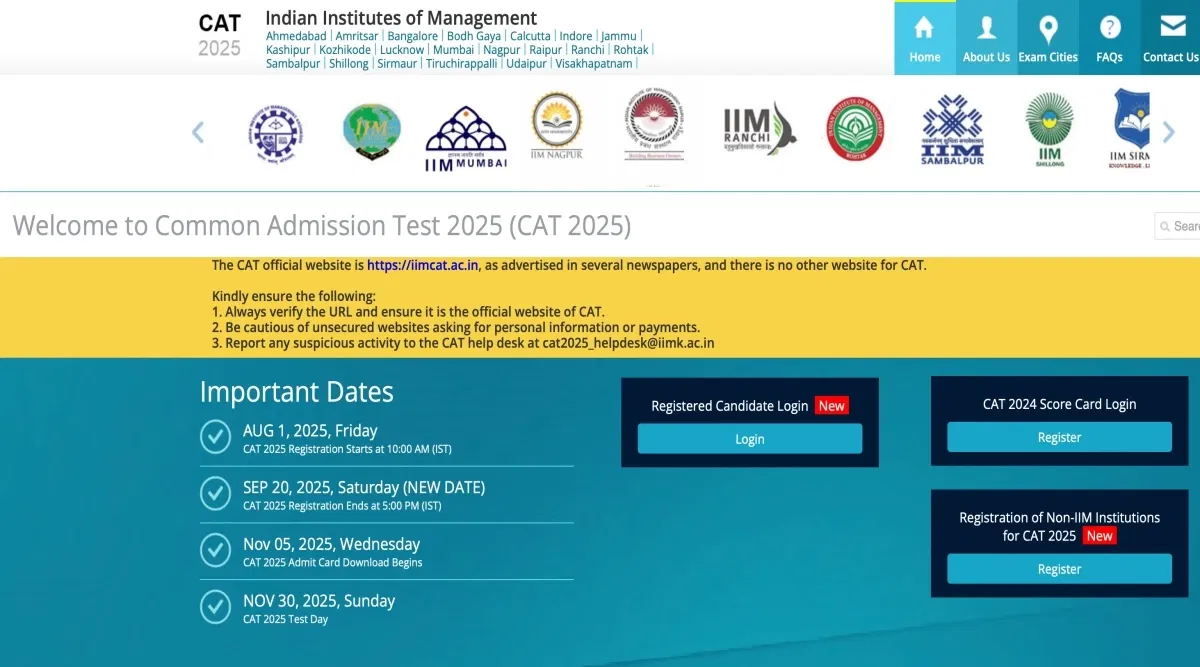Do you wish to pursue higher education in Australia? As an Indian student planning to study in Australia, you should be aware that the education systems of the two countries differ considerably.
The education system of a country is a reflection of its strength. In this article, we will learn about the education system in Australia vs India. Education systems in these two countries differ significantly in terms of teaching methods, test formats, and testing schedules, etc. For a better understanding of these differences, continue reading the article.
Table of Contents
Education System in India vs Australia
Every education system has its own set of advantages and disadvantages. Let us now look at the differences between the education systems of India and Australia:
- Methods of Teaching
- Time Spent at School
- Grading System
- Teaching Tools
- Evaluation Formats
- Application Forms and Admission Process
- Sports and Extracurricular Activities
Methods of Teaching
Compared with Indian teachers, Australian teachers use much more modern teaching techniques. In Australia, for instance, teachers are encouraged to prepare interactive or physical learning lessons in addition to reading assignments. The Indian teachers, however, tend to concentrate on creating practical reading assignments and have a lesser regard for interactive teaching techniques.
As a result of this difference between the Indian and Australian educational systems, Australian students tend to score higher. However, students are not required to write exams when they first start school. This is because the education system of Australia has implemented a continuous method of testing called ‘Formative Assessment.’ This means that teachers assess a student's performance throughout an academic year, in addition to test scores. In India, students receive a final grade at the end of the year. However, in Australia, teachers assess them over the course of the year and then provide the final grade.
Time Spent at School
There is an obvious difference in the amount of time children spend at school in India compared to Australia. As per the Australian education system, students need to attend school for atleast 135 days a year or 900 hours. In contrast, IThe Indian school system does not require its students to attend school as many days as the Australian system does. In Australia, for instance, students attend school 180 days per year, or 1120 hours, but in India, most students attend school 130 days per year, or 840 hours.
Grading System
In the Australian grading system, students are given grades on an A-D scale, where “A” represents the highest grade, and “D” represents the lowest possible grades. On the other hand, the grading system in India is more complex. A student's performance is assessed using a 6 to 8 letter grading system based on his current level of education. In India, an "A" grade is the highest possible grade and an "E" grade represents a failing grade.
Teaching Tools
In Australia, professional teaching associations make sure that that the teachers stay up-to-date with the latest education trends and technology. This way, teachers will be in a better position to assist students in reaching their full potential and achieving academic success.
However, In India's education system, new learning techniques and trends do not seem to be given fundamental priority. In India, many members of the government believe that if a student is facing difficulty in learning, they are not talented enough, and therefore no help can be provided for them.
Evaluation Formats
Students in Australia take exams that are timed and have other limitations, such as word counts. They also have to solve a certain number of problems within a set amount of time. Compared to India, where the same attributes are lacking or nonexistent, this shows the importance of punctuality and organization in the Australian education system.
Application Forms and Admission Process
Since India has a much larger population compared to Australia, the application process for attending public schools in India is much more complex. In Australia, for instance, a student or who wants to enroll in a public school must simply fill out an online enrollment form that includes personal details and information about the student's previous education.
On the other hand, India has several requirements that must be met before being approved into a public school, including a four-page personal history form and a student’s admission record for the last three years. In addition to this, Indian parents or guardians must have an official income tax return from the previous year and other important documents such as their marriage certificate to verify their identity.
Sports and Extracurricular Activities
The importance of sports varies between India and Australia; therefore, students interested in these kinds of things often find it challenging when switching from one country’s education system to the other. While within Australia’s public school environment, sports are considered an essential part of education since they help boost physical fitness and improve students’ self-esteem.
In India, this is not seen at all since several members of its government believe that it has no real importance regarding real-life successes. This may be due to the fact that most Indians do not have enough disposable income to afford sporting activities such as golf or tennis regularly.
What can India Learn from Australia’s Education System?
The very meaning of education speaks about an individual’s overall development rather than confined growth. However, even though it has progressed in time, India still hasn’t moved away from the closed spectrums of rote learning and limited choices.
Australia is known to provide a variety of scope in education, making it possible for students with diverse career aspirations, to gain deeper knowledge in the sectors of their interest. Further, it does not restrict education to classrooms rather spreads its purview into several engagement activities, personality development seminars, and soft-skill workshops. Here are some of the things that India can learn from Australian education system:
Requirement of Dynamic Faculty
Our world is changing with every ticking second. In this dynamic world, it is of great importance to have a pedagogy or teaching methodology which is not static. Teachers play the most important role in schools and hence, they should unlearn their traditional approach.
Australian universities consult with potential employers in government, industry and civil society on expectations they have from potential employees. On the basis of this insight, the faculty designs a course of action for students and accordingly guides them towards becoming future global leaders. Additionally, experiential or project-based learning plays a key role in enhancing the learning experience.
Quality Education
The prime institutions in India are staunch believers of the fact that quality can be maintained only by incorporating exclusivity. The top-ranked colleges and universities have noted a very scanty number of students getting admissions, and the opportunity to attend these schools.
However, studies have noted the premier universities in Australia have more than three times as many students. Robust quality can walk hand in hand with numbers but only if the purpose behind education is clear. Most private institutions in India function as business ventures rather than knowledge imparters, subsequently hampering with the very crux of education.
A Strong Research Culture
The Indian education system has a dearth of research work. However, it happens to be the most crucial part of the teaching and learning process, as it provides students with in-depth knowledge on the subject.
It assists individuals in forming clearer opinions and sets the wheels of innovation into motion. A handful of Indian institutes are working towards research work, but that isn’t enough.
Australia is known for its research work, and they invest a lot of money for the same, to enable its students to attain thorough knowledge in the sector of their choice. Indian education can further continue to attain the level of the best education system in the world.
Globalising Education
India is blessed with myriad cultures, however, students fail to experience the diversity and end up growing in isolation whilst forming a single-dimensional ideology. On the other hand, Australian universities focus on creating an atmosphere that welcomes students from all walks of life and different backgrounds.
Interaction with individuals possessing a separate thought process helps in gaining perspective, as well as teaches the very art of acceptance. Further, co-curricular activities like free of cost French and Bollywood movie sessions for students with complimentary food and beverages, helps in breaking the ice and develops one’s interpersonal skills.























POST YOUR COMMENT